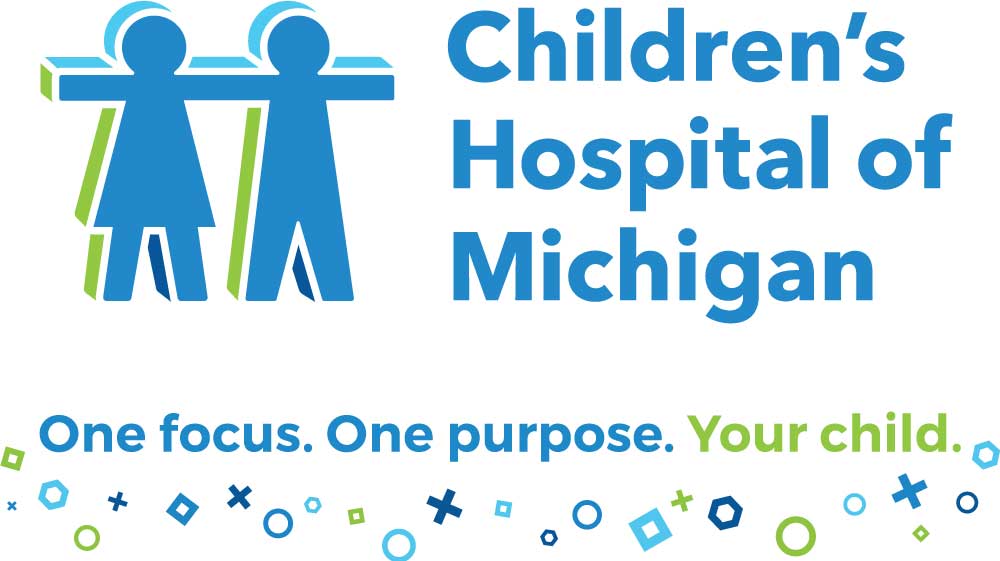

Voiding Cystourethrogram (VCUG)

What is a VCUG?
A Voiding Cystourethrogram (VCUG) is an exam of your child’s bladder, ureters and kidneys.
During the VCUG, a clear liquid called contrast is inserted into your child’s bladder through a small tube called a catheter. Fluoroscopy is a special form of X-ray that is used to view the contrast and observe the function of your child’s bladder and lower urinary tract. See picture below.
Why do a VCUG?
Urine is made in the kidneys. When working normally, urine only flows one way down the ureters and into the bladder. Your child’s doctor will request a VCUG when he/she thinks your child may have Vesicoureteral Reflux (VUR).
VUR occurs when urine from the bladder flows back through the ureters and to the kidneys.
What to expect during a VCUG
- Your child will change into a hospital gown.
- Your child will lie on their back on a special X-ray table.
- An X-ray camera will take a picture of your child’s bladder.
- After the picture is taken, your child will continue to lie on the table and be asked to:
- For Girls: make “frog” or “butterfly” legs (knees bent out with feet touching)
- For Boys: keep legs straight on table
- At this time, you are encouraged to comfort your child by standing at the head of the bed holding your child’s hands.
- A tech will clean your child’s private area with a special soap called Betadine and put a numbing jelly in the urethra. This will feel cold and wet.
- A small flexible tube called a catheter will be inserted through the urethra into the bladder and taped to the inside of your child’s thigh. Your child’s job will be to lie still and take deep breaths.
- An X-ray camera will be placed over your child. It will come close to their body, but never touch them.
- The clear liquid will be inserted using the catheter and slowly fill your child’s bladder. Pictures of your child’s bladder and kidneys will be taken at this time. Your child may feel the urge to urinate. It is important that they hold their urine until the bladder is full.
- When your child’s bladder is full, they will be asked to urinate on the table they are laying on. Towels will be placed to absorb the urine. As your child urinates, the catheter will slide out. The doctor will continue to take pictures while your child is urinating.
- Your child will then be able to get up to dry and clean themselves. One final picture needs to be taken before the procedure is complete. After the final picture, your child may put their clothes on.
After the Procedure
- There are no special instructions for your child to follow. Encourage your child to drink lots of fluids and urinate frequently.
- The results will be sent to your child’s referring doctor. Please follow up with your child’s doctor for results and to ask questions.
Considerations
- Bring comfort items from home such as toys, blankets, stuffed animals, books, etc. Having a familiar object can help comfort your child during the procedure.
- Family presence is the best form of coping for a child in the hospital. We encourage family presence during the VCUG.
- Those who are pregnant will have to wait outside the procedure room. If this is the case, please arrange for a familiar adult to be present.
- Siblings are not allowed in the procedure room. Please make arrangements to have someone stay with them. Toilet-trained siblings aged 2-12 can visit Jack’s Tree House, located on the first floor by the parking structure entrance. Jack’s Tree House: (313) 745-5365

Ways To Help Your Child
Always provide praise and positive reassurance!
Infants (0-12 Months)
- Soothing touch/sound, rattle, music, light up toys, pacifier
Toddlers (1-3 Years)
- Hand holding, singing, counting, musical or pop-up books, bubbles
Preschoolers (4-5 Years)
- Hand holding, pinwheel, glitter wand, books, bubbles, singing/music, ABCs/counting, toys that light up or make noise, talking
School-age (6-12 Years)
- Conversation, story telling, counting, deep breathing, handheld video games, iPad/iPods, I-Spy books, View-Master, squeeze balls
Adolescents (13 Years and Older)
- Allow your child to choose if they want an adult family member present during the VCUG
- Conversation, deep breathing, handheld games, music, iPad/iPods, books, and squeeze balls
Do everything you can to reduce your own anxiety. Be honest with your child about what to expect during the VCUG. What they imagine will happen is often worse than what will actually happen.
How Can a Child Life Specialist Help My Child?
Child life specialists reduce stress of hospital experiences for patients and families by:
- Offering truthful, accurate information about the VCUG in language the child and family can understand
- Providing age appropriate preparation for the child and family before the procedure
- Providing a comfortable and relaxing environment
- Providing age appropriate distraction and relaxation techniques before and during the VCUG to reduce pain and anxiety
- Advocating for the child and family's needs during their hospital experience
- Offering opportunities for play, expression and questions
Pediatric Urology Child Life Specialist
Phone: (313) 745-5234

2a59e0ea63004fac83927c6132199f71.png?Status=Master&sfvrsn=3559af37_0)
